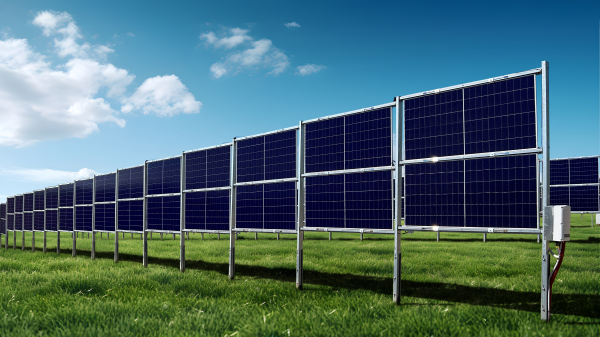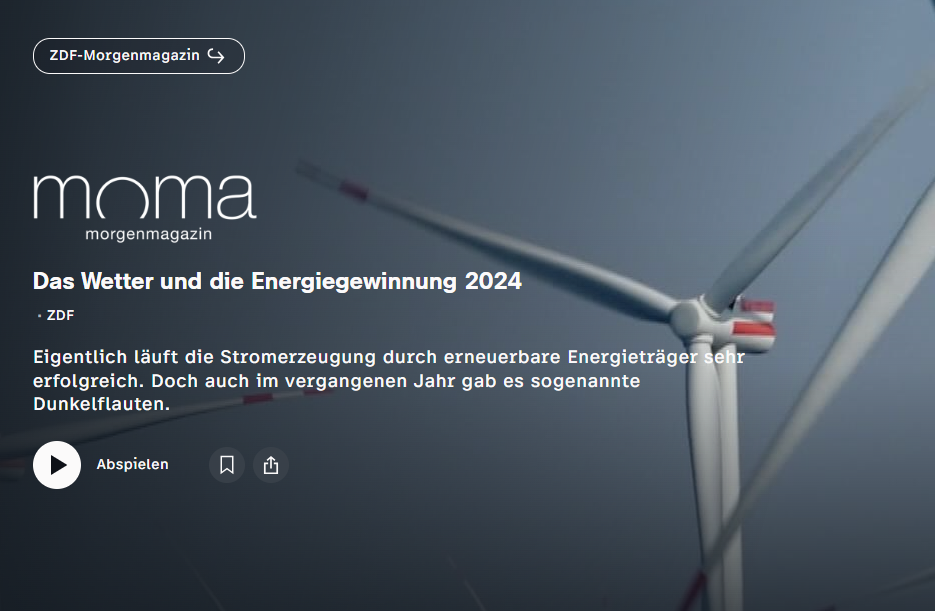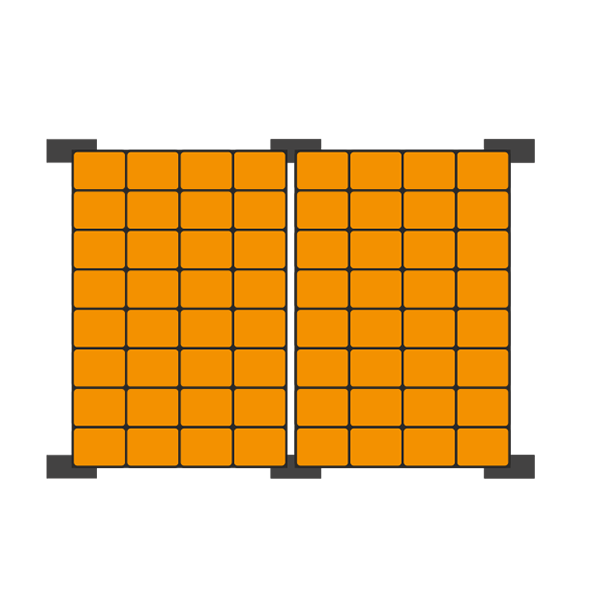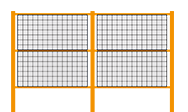Solar parks are more than just places for sustainable energy generation. At a time when biodiversity is under pressure worldwide, ground-mounted PV systems make an important contribution to the ecological enhancement of the landscape. Scientific studies and practical examples show how solar parks – if planned and installed correctly – can contribute to increasing biodiversity.
If a solar park is erected on a suitable area, the pile-driving of the posts only seals around 1 percent of the area. Beneath this, an area of grass develops that can recover sustainably thanks to extensive use and the absence of pesticides and fertilizers. Combined with flower strips or hedges and shrubs on the edges of the solar park, this creates habitats and retreats for many animal and plant species. According to NABU, the Agency for Renewable Energies and a field study by “Sonne Sammeln”, such areas offer new survival habitats for endangered species, particularly in cleared agricultural landscapes.
Diversity across the entire surface
The nationwide field study “Biodiversity in solar parks” from 2025 provides detailed insights into how solar parks promote biodiversity. The study examined 30 solar parks in Germany and Denmark and recorded over 550 species from various groups, including plants, insects, birds, bats, reptiles and amphibians.
Plant diversity:
The study documented a total of 385 plant species, including some endangered species such as the Austrian speedwell and the yellow and white resting herb. The vegetation under the solar modules provides a cooler and more humid microclimate, which favors the growth of certain plants, such as strawberries and foxglove. However, the species composition varies greatly between the plants, even if they are geographically close to each other. According to the study, this points to the importance of certain concepts in the planning of solar parks and their individual maintenance concepts.
Insect diversity:
In 23 solar parks surveyed, 30 species of grasshopper were found, including the endangered warbler and some specialized species such as the marsh grasshopper. These insects are important food sources for birds and reptiles. This diversity of grasshopper species found during the studies shows that solar parks are quickly colonized by different insect species.
Bird and bat species:
The study documented 32 breeding bird species and 63 bird species as foraging guests in the solar parks. Skylarks, for example, were sometimes found in large numbers. In addition, 13 bat species were identified, which often use the solar parks more actively as hunting grounds than adjacent farmland. The low lighting in particular is very beneficial to the bats.
The entire study, an overview of the solar parks examined and further research results can be found at www.sonne-sammeln.de

What needs to be considered when installing solar parks so that they promote biodiversity?
In order for solar parks to develop their full biodiversity potential, a number of principles should be observed during planning and maintenance:
1. choice of location
– Give preference to previously polluted areas: Areas with low ecological significance, such as conversion areas, former industrial sites, landfills or low-yield meadows, are ideal for setting up a solar park.
– Avoid sensitive habitats: Areas of high ecological value such as biotopes, wetlands or particularly species-rich meadows should not be affected.
2. design and structural diversity
– Loose module arrangement: Enables light penetration and the development of a diverse vegetation layer.
– Avoidance of sealing: Pile-driving the posts ensures the least possible sealing of the area. This also means that the solar park can be easily dismantled after 20 or 30 years and the area can be used for agriculture again.
– Integrate structural elements: Flower strips, hedges, deadwood piles or small bodies of water within or on the edge of the solar park provide additional habitats for numerous species.
– Animal-friendly fences: Fences should have a ground clearance of 10 to 15 cm so that animals can get through.
3. care
– Extensive management: The absence of pesticides or fertilizers and mowing only once or twice a year and at different times promote species-rich flora and fauna.
– Sheep grazing: Sheep ensure that the area is carefully maintained and at the same time contribute to biodiversity.
Conclusion:
Properly planned and maintained, solar parks combine the energy transition with the protection of endangered species. Especially on areas that would otherwise have little conservation significance, ground-mounted PV can deliver real added value for the environment. It is crucial to consider ecological criteria from the outset.























0 Comments